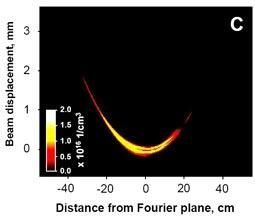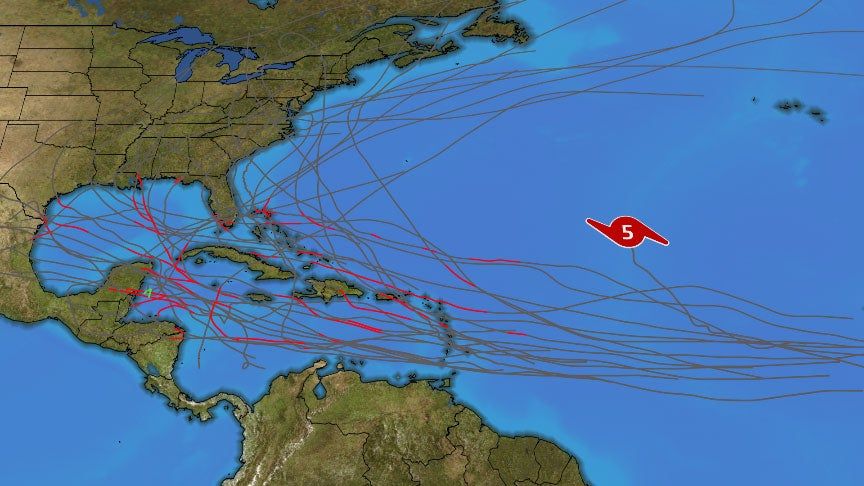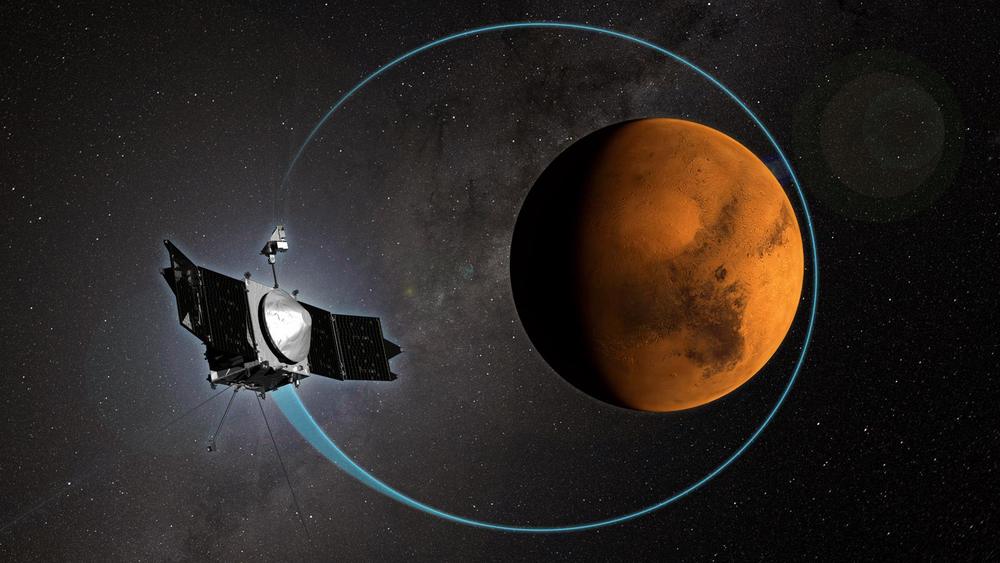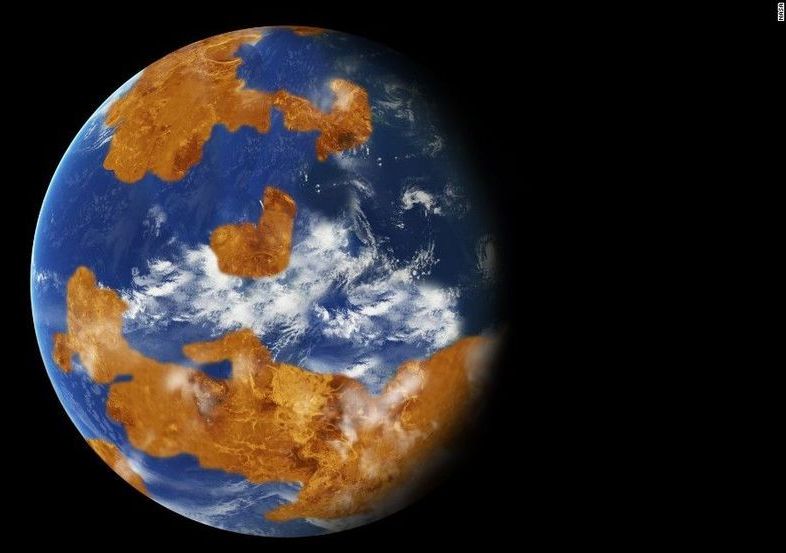Archive for the ‘climatology’ category: Page 117
Oct 13, 2019
Bendy laser beams fired through the air
Posted by Quinn Sena in categories: climatology, physics
2009
The Norse thunder god Thor deflected lightning with his hammer. Physicists could soon replicate this feat using curved laser beams.
Bending lightning around tall buildings and away from airports, power plants and other facilities is just one application for curved laser beams, says Jerome Moloney at the University of Arizona, Tuscon. He and his colleagues have now made the first such beams1. “The real novelty is that we can curve light in the lab,” he says.
Continue reading “Bendy laser beams fired through the air” »
Oct 12, 2019
Neutrinovoltaic Technology is Opening Up the Future of Sustainable Energy
Posted by Klaus Baldauf in categories: climatology, particle physics, solar power, sustainability
BERLIN, August 21, 2019 (Newswire.com) — The Neutrino Energy Group cooperates with a worldwide team of scientists and various international research centers, which deal with application research, the conversion of invisible radiation spectra of the sun, among other things the neutrinos (high-energy particles, which ceaselessly reach the earth) in electric power.
Is renewable energy hurting consumers?
During the last decade or so, consumers around the world have been encouraged to install solar panels on top of their houses. In certain climates, these rooftop photovoltaic installations can more than cover the electrical needs of an individual home, and many solar-equipped houses feature photovoltaic systems that wire directly into the grid. At times when the home has excess solar-generated electricity left over, this energy feeds back into the grid and helps out with the electricity needs of other energy company customers.
Oct 11, 2019
From cosmic rays to clouds
Posted by Genevieve Klien in categories: climatology, particle physics
CERN’s colossal complex of accelerators is in the midst of a two-year shutdown for upgrade work. But that doesn’t mean all experiments at the Laboratory have ceased to operate. The CLOUD experiment, for example, has just started a data run that will last until the end of November.
The CLOUD experiment studies how ions produced by high-energy particles called cosmic rays affect aerosol particles, clouds and the climate. It uses a special cloud chamber and a beam of particles from the Proton Synchrotron to provide an artificial source of cosmic rays. For this run, however, the cosmic rays are instead natural high-energy particles from cosmic objects such as exploding stars.
“Cosmic rays, whether natural or artificial, leave a trail of ions in the chamber,” explains CLOUD spokesperson Jasper Kirkby, “but the Proton Synchrotron provides cosmic rays that can be adjusted over the full range of ionisation rates occurring in the troposphere, which comprises the lowest ten kilometres of the atmosphere. That said, we can also make progress with the steady flux of natural cosmic rays that make it into our chamber, and this is what we’re doing now.”
Sep 29, 2019
How Tech Can Help Curb Emissions
Posted by Omuterema Akhahenda in categories: climatology, sustainability
Wangari Maathai for years told people to plant trees. She is the reason Kenyans plant trees in protected forests, and will continue for a very long time.
Trees are a low-tech, high-efficiency way to offset much of humankind’s negative impact on the climate. What’s even better, we have plenty of room for a lot more of them.
A new study conducted by researchers at Switzerland’s ETH-Zürich, published in Science, details how Earth could support almost an additional billion hectares of trees without the new forests pushing into existing urban or agricultural areas. Once the trees grow to maturity, they could store more than 200 billion metric tons of carbon.
Sep 29, 2019
Hurricane Lorenzo Became a Category 5 Saturday Night, Strongest on Record in Eastern Atlantic Ocean; Threat to Azores
Posted by Quinn Sena in category: climatology
Hurricane Lorenzo intensified into a Category 5 hurricane Saturday night, smashing a record for the easternmost Atlantic hurricane to attain such a strong intensity, and poses a danger to the Azores this week.
Lorenzo rapidly deepened Saturday from Category 3 status with estimated maximum sustained winds of 115 mph at 11 a.m. EDT to Category 5 status with winds of 160 mph just 12 hours later.
This is by far the farthest east in the Atlantic Ocean any of the previous 35 Category 5 hurricanes have occurred in records dating to the 1920s.
Sep 22, 2019
With Food Security Becoming One Of Our Biggest Challenges For Humankind’s Survival, What’s On The Menu For The 9 Billion People Inhabiting The World By 2050?
Posted by Genevieve Klien in categories: bioengineering, biological, climatology, security
Food security is one of the biggest challenges we’re facing as we move further into this century. Changing climate, pests, stress on water and land are all limiting our ability to produce sufficient amounts of food. making food production an issue.
Synthetic biology offers ways to help produce and supply enough safe and nutritious food sustainably for the estimated 9 billion people that will inhabit the planet by 2050.
Here are a few ways how.
Sep 21, 2019
Greta Thunberg: Most Important Message Ever
Posted by Philip Raymond in categories: climatology, education, energy, environmental, existential risks, geopolitics, government, homo sapiens, lifeboat, policy, treaties
If you are a Lifeboat subscriber or have been reading these pages for awhile, you may know why it’s called “Lifeboat”. A fundamental goal of our founder, board, writers and supporters is to sustain the environment, life in all its diversity, and—if necessary—(i.e. if we destroy our environment beyond repair, or face a massive incoming asteroid), to prepare for relocating. That is, to build a lifeboat, figuratively and literally.
But most of us never believed that we would face an existential crisis, except perhaps a potential for a 3rd World War. Yet, here we are: Burning the forests, killing off unspeakable numbers of species (200 each day), cooking the planet, melting the ice caps, shooting a hole in the ozone, and losing more land to the sea each year.
Regading the urgent message of Greta Thunberg, below, I am at a loss for words. Seriously, there is not much I can add to the 1st video below.
Information about climate change is all around us. Everyone knows about it; Most people understand that it is real and it that poses an existential threat, quite possibly in our lifetimes. In our children’s lives, it will certainly lead to war, famine, cancer, and massive loss of land, structures and money. It is already raising sea level and killing off entire species at thousands of times the natural rate.
Continue reading “Greta Thunberg: Most Important Message Ever” »
Sep 21, 2019
MAVEN has been in orbit at Mars for 5 years
Posted by Alberto Lao in categories: climatology, space
After a 10-month journey from Earth, the MAVEN spacecraft entered Mars orbit on September 21, 2014. The mission originally planned to gather data for one-Earth-year continues to provide unique insight into the history of #Mars ’ atmosphere and climate, liquid water, and planetary habitability.
It is a tremendous credit to the entire MAVEN team that the instruments and spacecraft continue to operate well and that the science continues to provide exciting results related to the #Martian upper atmosphere, ionosphere, and interactions with the Sun and solar wind.
Sep 20, 2019
Venus was potentially habitable until a mysterious event happened
Posted by Paul Battista in categories: climatology, space
Venus likely maintained stable temperatures and hosted liquid water for billions of years before an event triggered drastic changes in the planet, according to a new study.
Now, Venus is a mostly dead planet with a toxic atmosphere 90 times thicker than ours and surface temperatures that reach 864 degrees, hot enough to melt lead. It’s often called Earth’s twin because the planets are similar in size. But the modern comparisons stop there.
However, a recent study compared five climate simulations of Venus’ past and every scenario suggested that the planet could support liquid water and a temperate climate on its surface for at least three billion years. Like the other planets in our solar system, Venus formed 4.5 billion years ago.

















